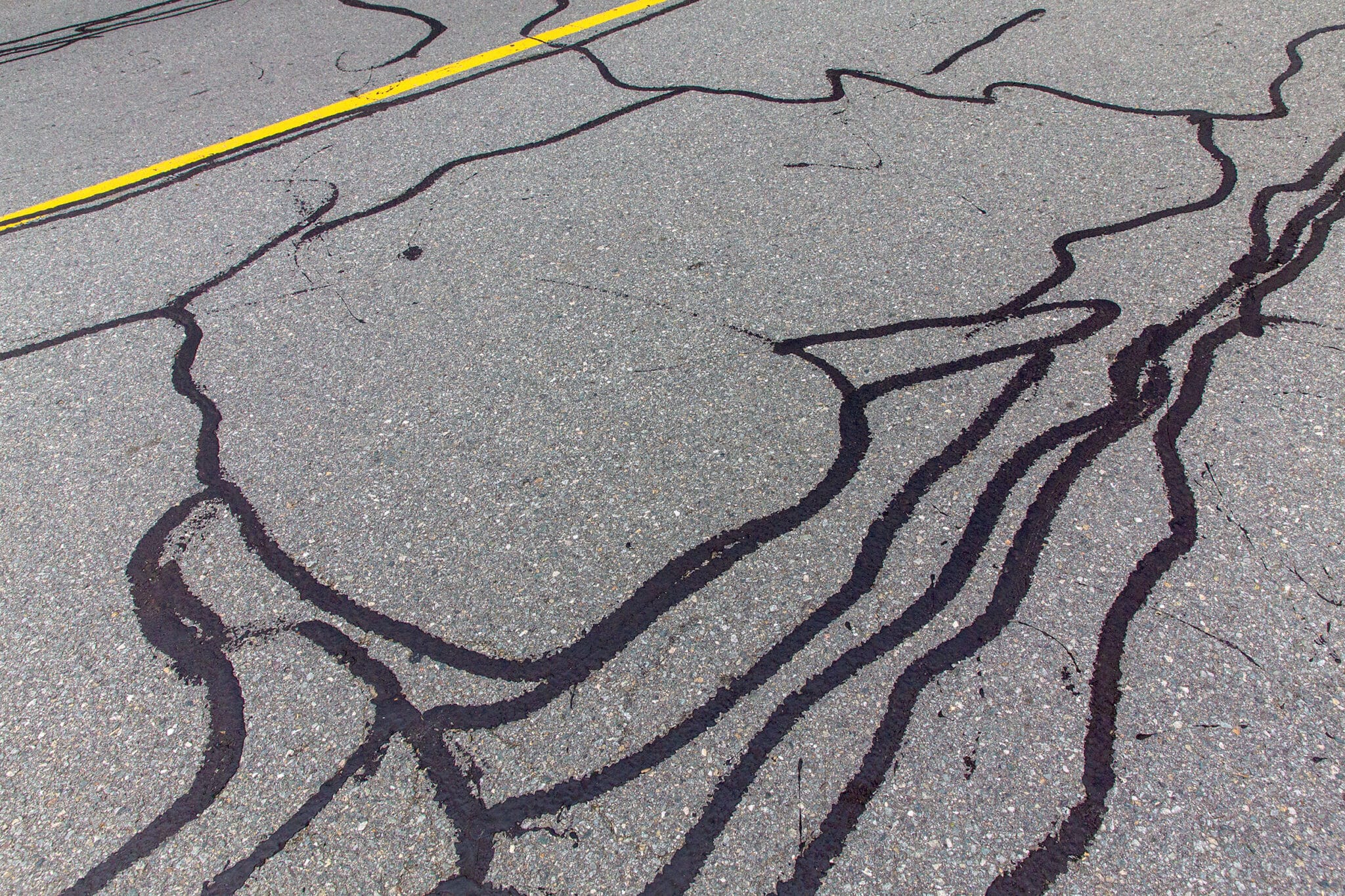Maximize Investment Returns: Angled Car Park Excellence with Asphalt Sealing
Maximize Investment Returns: Angled Car Park Excellence with Asphalt Sealing
Blog Article
Warm Mix Asphalt: A Sustainable Option for Sidewalk
Warm Mix Asphalt (HMA) has emerged as a leading lasting option for pavement services, providing a myriad of innovative modern technologies and ecological advantages. As the need for green building and construction techniques grows, checking out the nuances of HMA's sustainability can provide beneficial insights right into the future of sidewalk services.
Ecological Benefits of Warm Mix Asphalt

In Addition, Hot Mix Asphalt assists to reduce city warm island results. Its dark color soaks up sunlight, reducing the amount of heat showed back right into the ambience compared to lighter-colored pavements. This can reduce ambient temperatures in metropolitan locations, reducing the need for air conditioning and eventually reducing power intake.
In enhancement, Warm Mix Asphalt contributes to enhanced stormwater management. Its porous nature allows water to infiltrate the pavement and charge groundwater supplies, decreasing overflow and the threat of flooding. These ecological advantages make Warm Mix Asphalt a lasting choice for paving roads and highways.
Energy Effectiveness in HMA Manufacturing
Is power performance a critical factor in the production of Hot Mix Asphalt (HMA)? Power plays a significant role in the manufacturing of HMA, influencing both expense and environmental sustainability. One key facet of energy effectiveness in HMA production is the usage of cozy mix asphalt (WMA) innovations.
Additionally, advancements in plant modern technologies have actually led to even more energy-efficient HMA production processes. By maximizing energy use in HMA manufacturing, the market can lower its carbon impact while keeping high-grade pavement products.
Recyclability of Hot Mix Asphalt
The recyclability of Hot Mix Asphalt (HMA) is a crucial facet of its sustainability and long-lasting environmental effect. HMA is among the most recycled materials in the United States, with over 100 million tons of reclaimed asphalt sidewalk (RAP) being recycled annually in new sidewalk building and construction. Recycling HMA offers several ecological advantages, such as minimizing the need for virgin materials, reducing power usage during manufacturing, and lowering the amount of waste sent to land fills.
The procedure of reusing HMA entails milling the existing pavement, crushing it into smaller pieces, and mixing it with new aggregate and asphalt binder to create a recycled mix. This recycled mix can often carry out in addition to and even much better than conventional HMA, while needing fewer basic materials and creating lower greenhouse gas emissions. By incorporating RAP into new pavement projects, roadway agencies can conserve all-natural sources, reduce costs, and minimize the environmental footprint of road construction and maintenance activities. In general, the recyclability of HMA plays a considerable function in advertising lasting techniques within the sidewalk market.

Long-Term Performance of HMA
Asphalt sidewalks show toughness and durability over a prolonged period, showing the lasting performance of Hot Mix Asphalt (HMA) The longevity of HMA can be associated to its ability to endure rush hour lots, severe climate condition, and the results of view publisher site aging. Research studies have actually revealed that properly designed and effectively created HMA sidewalks can last for 20 years or more with normal maintenance. The secret to taking full advantage of the lasting efficiency of HMA hinges on using top notch products, adhering to ideal techniques in building, and implementing effective upkeep approaches. Proper water drainage, regular inspections, and prompt repair services are necessary for protecting the structural integrity of HMA sidewalks gradually. Additionally, advancements in HMA modern technology, such as using polymer-modified binders and warm mix asphalt, have better improved the toughness and durability of HMA sidewalks. By focusing on high quality construction and upkeep techniques, HMA continues to show itself as a sustainable and cost-efficient option for durable sidewalk framework.

HMA: Resilience and Sustainability
Demonstrating both longevity and sustainability, Warm Mix Asphalt (HMA) has come to be a foundation in the building and construction of resilient pavement facilities - angled parking. HMA's durability comes from its ability to hold up against heavy lots, extreme climate condition, and high web traffic quantities, making it a trustworthy choice for streets, freeways, and flight terminal runways. The make-up of HMA, which typically consists of accumulations, binder, and filler, plays a critical duty in enhancing its longevity and resistance to deterioration
Furthermore, HMA's sustainability lies in its recyclability and energy-efficient production procedure. The ability to reuse recovered asphalt sidewalk (RAP) in new HMA mixes lowers the demand for virgin materials and lessens the ecological impact of sidewalk construction and upkeep. In addition, the energy performance of creating HMA hinges on its lower blending temperatures contrasted to other sidewalk materials, resulting in lowered power usage and greenhouse gas emissions.
Conclusion
To conclude, warm mix asphalt (HMA) uses a lasting remedy for sidewalk with its eco pleasant features. HMA's recyclability, power efficiency in production, and long-lasting longevity make it a green choice for roadway building. By conserving natural deposits, reducing waste, and lowering greenhouse gas exhausts, HMA plays a vital function in promoting sustainability in infrastructure growth. Its capacity to alleviate metropolitan warm island effects even more underscores its value in producing durable and ecologically mindful sidewalk systems.
HMA is one of the most recycled materials in the United States, with over 100 million tons of from this source redeemed asphalt sidewalk (RAP) being reused annually in brand-new pavement building.The process of recycling HMA entails milling the existing sidewalk, crushing it right into smaller items, and mixing it with brand-new aggregate page and asphalt binder to develop a recycled mix.Asphalt pavements show longevity and durability over an extended duration, reflecting the lasting performance of Warm Mix Asphalt (HMA) Furthermore, advancements in HMA modern technology, such as the usage of polymer-modified binders and warm mix asphalt, have actually further boosted the resilience and long life of HMA pavements. The ability to recycle reclaimed asphalt pavement (RAP) in new HMA mixes minimizes the demand for virgin products and minimizes the ecological influence of pavement construction and upkeep.
Report this page